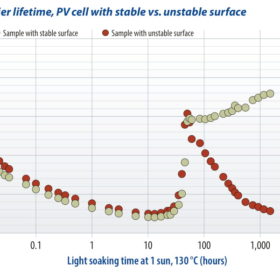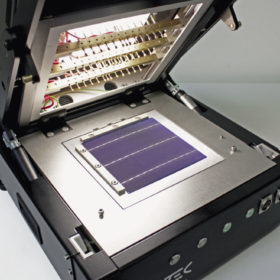The long read: A deeper understanding of LeTID
Australia’s University of New South Wales (UNSW) has built a reputation for strong collaboration with the PV industry, from cell passivation through to the causes of degradation. Malcolm Abbott, a senior research fellow, directs one of the UNSW teams that is continuing its work into light and elevated temperature-induced degradation (LeTID). He recently spoke with pv magazine to provide an update.
The long read: Understanding LeTID
Light- and elevated temperature-induced degradation (LeTID) of PV cells can have far-reaching impacts on the efficiency of modules. Alison Ciesla and Brett Hallam of the University of New South Wales argue that accelerated testing, such as that included in the forthcoming IEC standards, is critical for LeTID identification and quantification in order to manage these impacts.
Let’s mitigate LID & LeTID!
Cell degradation: LID in p-type monocrystalline PERC cells has caused serious issues in PV plant performance. Now, it can be prevented with regeneration processes or by replacing boron with gallium. The cause of LeTID in multicrystalline PERC cells, meanwhile, is still a mystery, but researchers have proposed an industrial solution to address it.








